Photographs: Sahil Salvi Narendar Lokwani
The biggest election event in the history of mankind has finally come to an end! Not only political observers, but economic and market participants are holding their breath for the election results which will start trickling in on May 16!
The evening of May 12 will start the results season in the form of exit polls following which markets will turn very volatile.
In the week after May 16, May 19-20 (May 17-18 is weekend when stock markets don't trade) will also see large swings as markets take at least two days to digest the complete poll outcome.
So how does a common investor or trader face these seven days of volatility and uncertainty.
In mathematics, one solves the problem of uncertain outcomes by assigning a probability to each of the individual outcomes and hence tries to ascertain the final probable result set.
There are five possible outcomes based on the number of seats that current frontrunner NDA can win.
Election Outcome and Possible Scenarios:
Total number of outcomes are as follows:
Outcome 1: Moderate results: NDA gets 230-240 seats
Outcome 2: Slightly Bullish results: NDA gets 240-260 seats
Outcome 3: Very Bullish results: NDA gets 270+ seats
Outcome 4: Slightly Bearish: NDA gets 210-230 seats
Outcome 5: Very Bearish: NDA falls short of 200 seats
Please click NEXT to continue reading
StockFundooLiveCalls.com provides insightful and in-depth capital markets analysis. Powered by technical analysis and price action, we offer live stock analysis updated on intra-day basis.
Can stock traders make money on Election Results Day?
Photographs: Uttam Ghosh/Rediff.com
Probability of these scenario occuring and its impact on BSE Sensex
Next step is to assign a probability to these outcomes. Outcome 1 is expected to be widely the case and probability of this event is close to 40 per cent.
Outcome 2 and Outcome 4 can have 20 per cent probability each and that leaves black swan events like Outcome 3 and Outcome 5 with 10 per cent probability each.
Currently with Sensex close to 23,500 mark, market participants are widely expecting Outcome 1 to be the possible outcome of these elections.
Thus, Outcome 1 will create least volatility and market will trade in possible bullish range of 22,500 to 24,000 if this outcome is realised.
Outcome 2 can result in a 24,000 to 26,000 rally on sensex. This means a possible 10 per cent rise from here on and trading can halt at least once if this outcome is realised.
Outcome 3 will be a Upper Circuit scenario and possibly have trading halted multiple times on result day or even cancelled for the day. The Sensex will possibly end north of 27,000 if this extremely bullish scenario is realised.
Please click NEXT to continue reading
Can stock traders make money on Election Results Day?
Photographs: Uttam Ghosh/Rediff.com
However, let us look at other side of picture, if NDA fails to get favourable outcome and Outcome 4 and Outcome 5 are realised.
Outcome 4 will create a crash like scenario where Sensex will close below 22,000 and possibly touch the lower levels of 21,000 as well. This will be a lower circuit of 10 per cent and trading may halt at least once during the day.
Outcome 5 will be very bearish and trading may halt for multiple times and possibly trading can cancel for the entire day as well. This scenario may mean that no party will be able to form the government and Sensex will continue to crash for many more days to come.
Sensex may end below 20,000 levels if this scenario is realised.
Please click NEXT to continue reading
Can stock traders make money on Election Results Day?
Photographs: Punit Paranjpe/Reuters
How to Trade on these Outcomes
Basically, there are three instruments available to trade Indian markets currently. Traders can take a position in Cash segment, trade in Options or trade in Futures market.
If a trader wants to take a position in Cash segment, there is about 70 per cent probability (Outcome 1 + 2 + 3) that his or her bets will result in profit.
There is still 30 per cent probability that he or she may lose if Outcome 4 or 5 is realised. However, current midcaps and smallcaps have lot of value still left on the table and any medium to long term investor can realise lot of value if favourable election results are realised.
For traders in Options, one needs to look at current VIX values which denote voltaility in the market.
Please remember that if you buy options, you pay more money if volatility is higher for the same option, with everything else remaining the same. So option sellers are often better placed than option buyers in highly volatile environments as these.
However, options selling is not recommended for retail traders, as markets may halt on results day and it may be impossible to close a unfavourable position, thus realising heavy unlimited losses.
Please click NEXT to continue reading
Can stock traders make money on Election Results Day?
Photographs: Arko Datta/Reuters
Option buying strategy will also result in low profit as your input cost is already gone up with Indian VIX at multi-year highs of 38 as of today.
With option buying, your net loss is limited to premium value, hence taking a position in options is a low risk, low profit scenario currently.
Futures trading are again subject to the risks of heavy losses and possible trading halts, so not recommended strategy for retail traders currently.
Market makers and programme trades will stand to gain in these scenarios, as quick price movement creates high bid-ask spreads and multiple profitable, arbitrage opportunities in futures.
All in all, these are interesting times and each day teaches us a lot in terms of tackling markets and gunning for profits.
Trade safe for the next 1-2 weeks and keep your bets strictly limited by your risk apetite and money management.

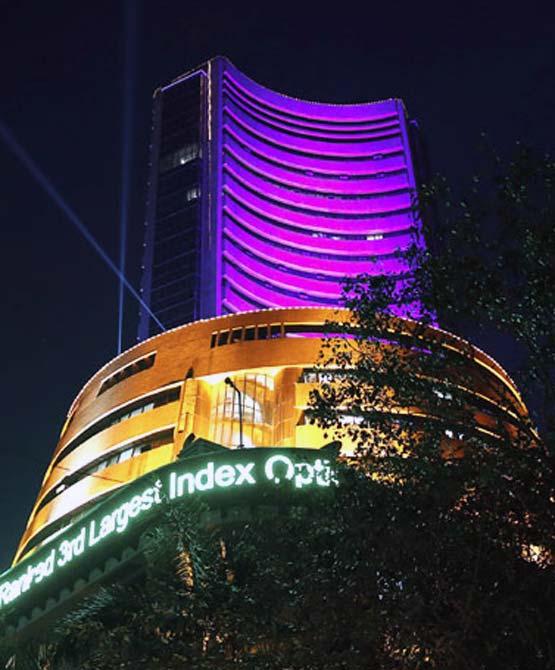

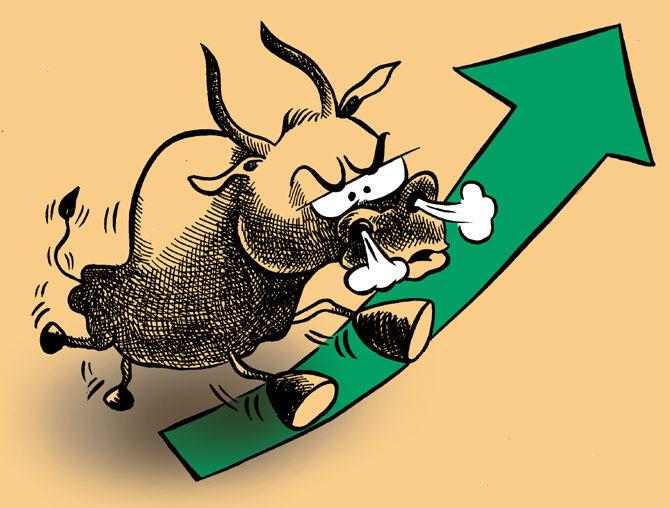
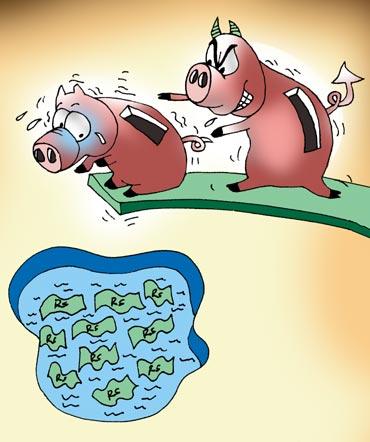
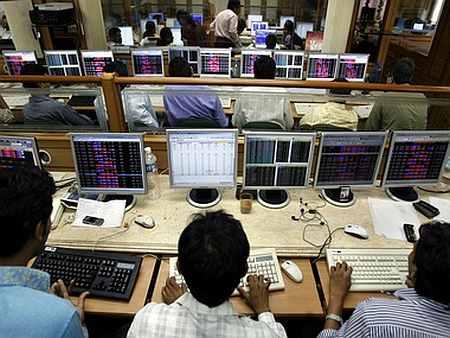
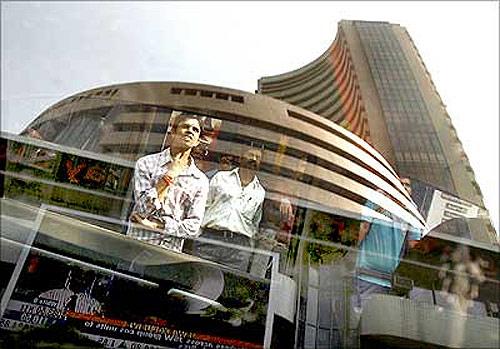
Comment
article